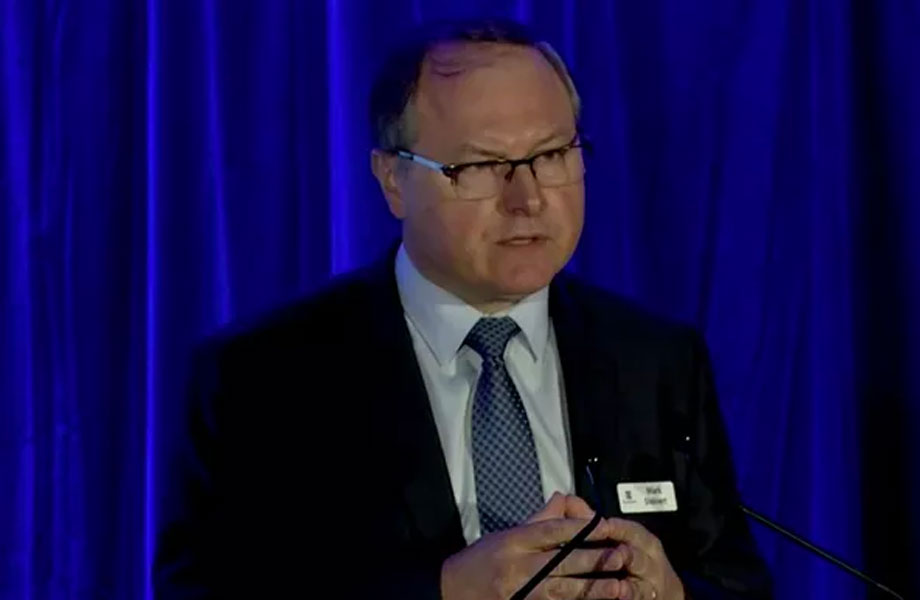Stockland Takes 26pc Hit in Residential Sales
Stockland’s home sales declined 26 per cent over the last quarter and are expected to remain weak over the 2019 calendar year, its chief executive Mark Steinert said.
Steinert cited the usual trio: reduced credit availability, buyer uncertainty and market headwinds for its weaker residential sales over 2019.
Despite the challenging conditions, the country’s largest listed developer is still optimistic about achieving its residential settlement targets — relying on a settlement skew to the second half of 2019.
“We are on track to complete over 6,000 residential settlements over the full year, with the anticipated settlement skew to the second half and an operating margin over 18 per cent,” Steinert said.
In its update for the third quarter, Stockland said it has 2,800 contracts on hand for settlement.
UBS analysts pointed out that the developer needs to settle 3,600 lots in the second half of 2019 to hit guidance targets.
“This is a large task, which has only been achieved once (2H17).”
Related: Stockland Profit Takes 6.7pc Hit, ‘Conditions Challenging’

The ASX-listed developer updated its funds from operations growth per security to the lower end of the 5-7 per cent guidance given in February, “assuming no material deterioration in current market conditions”.
Increasing cancellation rates and lacklustre demand is weighing on Stockland’s bottom line, while default rates remained stable at around 3 per cent.
Steinert said that first home buyers and owner-occupiers make up 50 per cent and 84 per cent of Stockland’s “core market”.
Stockland is targeting the sale of $400 million of assets within 12 months to improve the quality of its portfolio.
“We are delivering on our strategic priorities, having achieved a cumulative $284.5 million of non-core retail town centre divestments, including the recent sale of Stockland Kensington in Queensland,” Steinert said.
Steinert said the group was “actively progressing” capital partnering opportunities and secured long-term debt totalling $551 million from both Australian and US capital markets.
“The 5 year domestic medium term note was issued at a coupon of 3.3 per cent and the 10, 12 and 15 year USPP weighted average spread above BBSW was +170 basis points, both pre-fees.”














